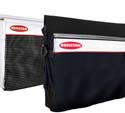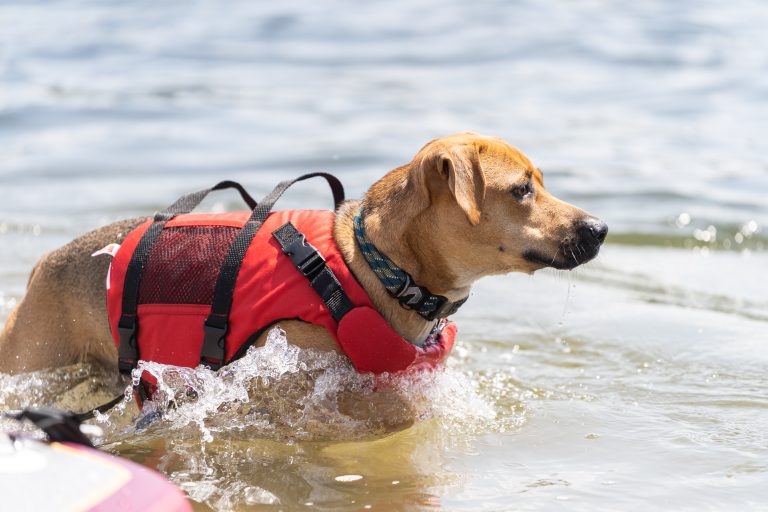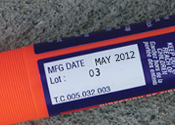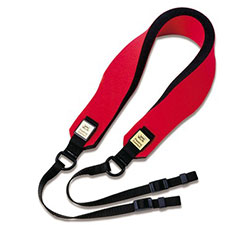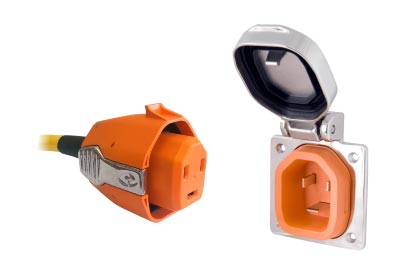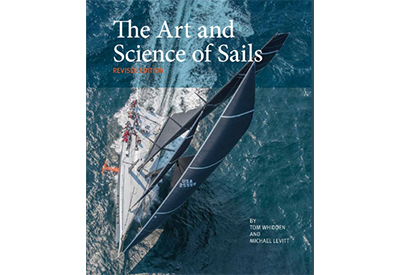The Hanse Crossover Sail
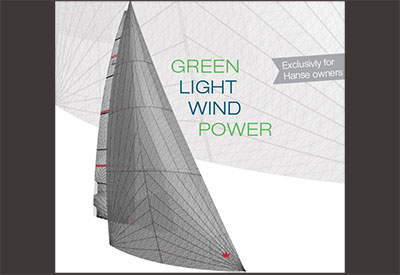
Sept 6, 2016
The Hanse CROSSOVER SAIL was developed by Elvstrøm specifically for Hanse yachts. It has an asymmetrical cut and consists of lightweight CZ laminate.
The Hanse CROSSOVER SAIL is thereby very easy to handle. The sail is delivered with its own forestay and integrated furling system with which it can be installed and rolled out in no time. It is being fixed to the anchor fitting and the gennaker halyard and sailed via any winch in the cockpit. It can remain attached as a second forestay. This creates a unique opportunity to enjoy exciting downwind courses without having to set and take down the sail. Hanse thus fulfills its promise – Fast Cruising and Easy Sailing, on every course!
The highlight of the Hanse CROSSOVER SAIL is the large application range, which extends from 65 to 135 degrees to the wind. The new sail is stowed in a specially designed sail bag on the foredeck.
The size of the Hanse CROSSOVER SAIL depends on the model and is about twice the size of the self-tacking jib. On a Hanse 455, this means – 44 m² self-tacking jib with 92.6 m² Hanse CROSSOVER SAIL. This sail size is particularly recommended for light winds and accelerates the Hanse to unimaginable speeds. Thus, it is also a green alternative to the engine and protects the environment with each nautical mile sailed.
The new Hanse CROSSOVER SAIL is available for both new as well as delivered Hanse yachts.

